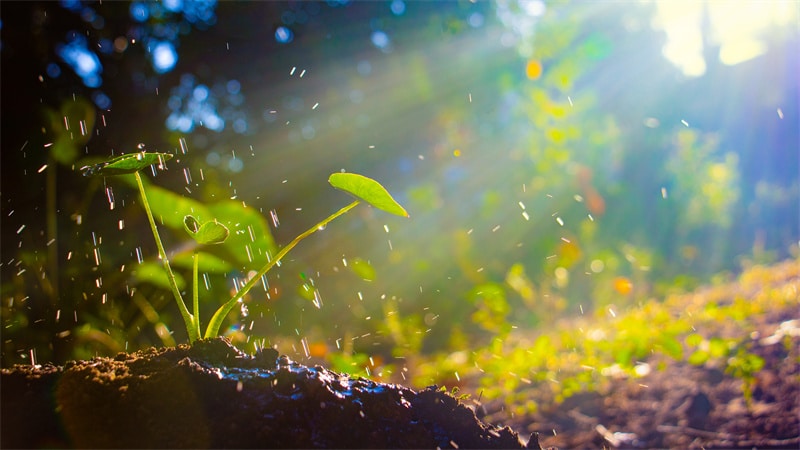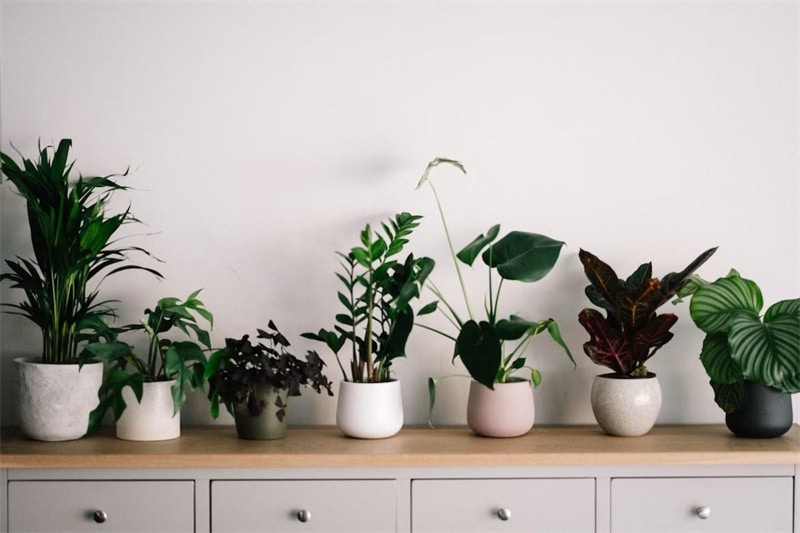Creating a successful garden is similar to making a delicious meal. Just like a chef needs a variety of ingredients, a gardener needs a diverse mix of plants to thrive.
Each plant has a special role, such as boosting soil nutrients, providing shade and support, or warding off pests and attracting beneficial insects. You probably don’t know about many botanical wonders, but with the right knowledge, you could increase your garden’s productivity and health.
One of the components will definitely be knowledgeable about plant identification. Let’s talk more about this topic.
What is Plant Diversity?

Plant diversity is all about the different types of plants you have in a specific area. In a home garden, it means having various species that cover your whole plot. No matter how big or small your garden is, you can easily maintain plant diversity by adding different kinds of plants, shrubs, trees, and ground covers.
Why is Plant Diversity Important in a Garden?
Picture a garden consisting solely of a single type of plant, like roses. Although initially stunning, such a garden can eventually lose its charm and fail to make a lasting impression.
Furthermore, if a specific pest attacks your roses, the entire garden is in jeopardy. But wait, there’s more! Having only one species can also adversely affect the soil quality, as all the rose plants will be vying for nutrients and water.
On the other hand, let’s consider a garden that has a wide variety of plants. This includes different types of flowering plants that bloom each year as well as plants that climb, creep, cover the ground, and native grasses. This garden will display a vibrant array of colors, textures, and scents, making it truly captivating to explore and enjoy.
Additionally, this diverse garden will be more resilient against pests and diseases compared to a garden with only one type of plant. This is because different plants have their own natural defenses. Moreover, this diverse garden will provide crucial support to a greater variety of wildlife species.
A diverse garden is akin to a beautiful tapestry. Every plant symbolizes a distinct thread that, when interwoven, crafts a breathtaking masterpiece. Each plant plays a unique role in the garden, be it providing sustenance for pollinators, enhancing soil health, or adding visual appeal to the space.
However, achieving this may pose challenges without adequate botanical knowledge. The exciting news is that various methods exist to identify unfamiliar plants.
How to Identify a Plant?

If you’ve stumbled upon a fascinating plant outdoors or acquired an unfamiliar houseplant or garden plant, it’s useful to know how to identify it for safety and proper care. Having a basic understanding of botany and different plant types is a great starting point. There is another way – to use an auxiliary application.
Through long research, you can find the type of plant, its features, and preferences, but it will not be quick. With the plant identifier app, you save time. Using the LiLy Plant Identifier App you can quickly get plant information.
All you need to do in order for the app for the plant to be able to identify the plant is to take a picture of it. This plant app provides a lot of valuable information, including diseases, growing conditions, nutrition, etc. You don’t have to use the app for iPhone to identify a plant, but it will save you time and effort. You decide.
How to identify a plant yourself:
- Examine the stems and branches of the plant closely. Look for any distinctive features, as they can provide valuable information about the plant’s characteristics. Woody plants generally have sturdy stems and branches, while herbaceous plants, which are often perennials or annuals, have soft and flexible branches. Ivy, fruit shrubs, or climbing plants in the broad bean family may have vines that trail or climb.
- Observe the shape and size of the leaves. They can give important hints about the plant’s species. Wide and broad leaves usually indicate a tropical plant, whereas sharp pine needles may suggest an evergreen species (unless it’s a type of broadleaf evergreen). Triangular leaves may indicate herbaceous plants, and thick, waxy leaves are typical of succulents.
- Pay attention to the fruits and flowers. By observing the berries and fruits of a flowering plant, you can identify its species. Typically, blue, black, and purple-skinned fruits are safe to eat, while green, white, and yellow berries are often poisonous. However, it is important to always perform an edibility test before consuming any plant’s berries. Furthermore, it is crucial to assess the plant’s toxicity for identification purposes. Examine the color of the flowers and the number of petals to differentiate between weeds and wildflowers. Some wildflowers, like dandelions or chicory, have multiple petals and can be identified as such.
- Check for spikey structures such as barbs, hairs, or thorns. Examine the plant for any defensive traits like barbs, hairs, or thorns on its leaves or stems. A stinging nettle has needle-like hairs on its stems. Certain toxic mushrooms release milky sap from their surface. Touching these plants can cause skin irritation, so it’s best to avoid physical contact if you spot them outdoors.
- Take note of the scent. Certain herbs, like parsley, rosemary, and basil, have pleasant aromas, while others emit unpleasant odors. Plants with sulfuric or fecal smells can also indicate the type of plant species, such as crown imperials or female ginkgo trees.
- Make sure to do your research. It’s important to remember that identifying a plant based on one characteristic alone is often not enough, and there are many plants in the wild that have toxic look-likes. Before touching or consuming unknown plants outdoors, it’s crucial to educate yourself on plant anatomy and structures by reading research and reports from trusted botanists. Additionally, before bringing home cuttings to plant in your garden, familiarize yourself with potentially invasive species to avoid any unwelcome surprises.
Conclusion
Identifying a plant in the wild or at home can be an exciting experience, though it may involve research and experimentation. With a keen eye for detail and proper research, you’ll be able to accurately identify any species of plants.
Additionally, with the help of an auxiliary application such as Lily Plant Identifier App, you can quickly and safely identify plants on your own.
